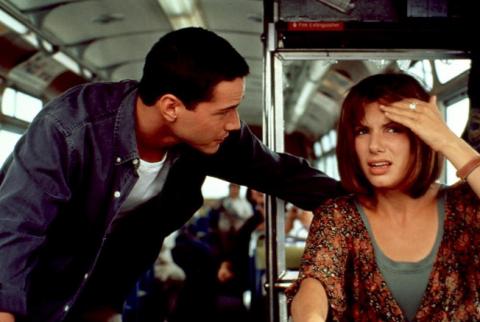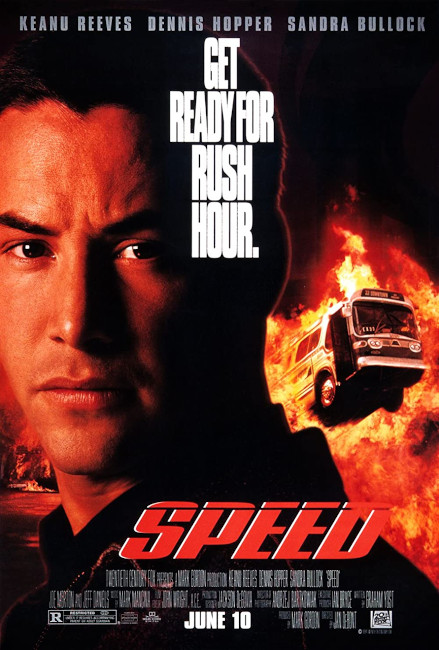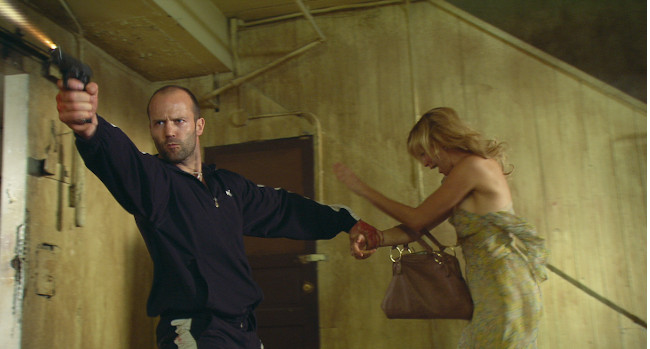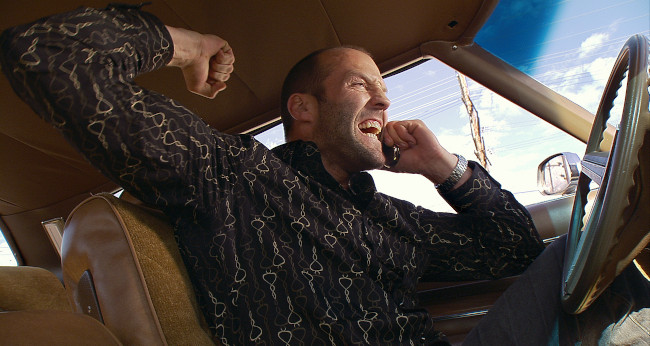Action Movies: Over-the-Top Spectacles or Misunderstood Meaningful Narratives?

From the original Star Wars films to ‘80s classics like “Die Hard” and “Terminator” to the current box-office success of Marvel superhero movies, spectacles of violence and adventure are a long-standing cultural zeitgeist in global entertainment.
As with medium and genre achieving mainstream success, many are critical of action movies. Despite their popularity, action films are considered lowbrow.
Critics and general audiences alike often view these films as over-the-top spectacles lacking meaningful storytelling. The action-packed focus of these films obviously detracts from narrative content; however, there seems to be a false perception that spectacle means the complete absence of worthwhile content.
After all, we still learn about characters and how they develop during action sequences. For example, in “The Matrix’s” iconic scene where Neo dodges bullets in slow motion, we see Neo’s transformation from someone held to the mercy of the system to someone who has the will to defy it.

The narrative content of this scene obviously takes a back seat to the spectacle of Keanu Reeves’s physics-defying dodge. However, this scene still plays into the film’s themes of unlocking one's inner potential and surpassing perceived constraints.
Complicated themes and ideas are still explored in action cinema; the difference is, what is usually considered as the “primary text” is now the “subtext.” Two films that exemplify this are 1994’s “Speed” and 2006’s “Crank.”
“Speed,” starring Sandra Bullock and Keanu Reeves, is a classic ’90s action film. The general premise of the film is that Jack Traven (Keanu Reeves), and several other civilians including Sandra Bullock’s Annie Porter, are trapped on a bus that explodes if it goes under 50 miles an hour.
The film, however, is more than just the basic plot. It’s more a metatextual commentary on the action genre and action audiences. The film has the structure of a rollercoaster, going from spectacle sequence to spectacle sequence with situations growing more and more absurd.

The film starts subtly. Jack foils a terrorist attack, where the idea of Jack always operating off of gut instinct is introduced. A character arc is foreshadowed when Jack’s partner comments on how luck eventually runs out.
However, the film concludes with a speeding subway train crashing off the tracks through an under-construction Hollywood station. The subway car eventually surfaces and stops in front of the famous Chinese Theater, where Jack and Annie share a kissing scene as spectators gather to watch.
The joke is that ultimately, Jack faces no consequences for his reckless behavior, and absurd and illogical events, such as a speeding bus being able to miraculously jump a 50-foot gap with no ramp, simply work for Jack. He doesn’t run out of luck. He has no growth as a character. In fact his partner, who warns him of the constraints of luck, is the character who dies.
Arguably, Bullock and the passengers on the bus in “Speed” are a stand-in for the audience. The passengers aren’t necessarily depicted with the sheer terror one would expect when trapped on a bus rigged to blow. The characters have relaxed chats with Jack in between tense scenes and cheer in triumph when he saves them from whatever impending tragedy faces the bus.

Nothing is more on the nose about the sort of vicarious feeling the audience is supposed to sense than when Jack stands over Annie’s shoulder and helps steer the bus. The audience, like the bus passengers, are along for the ride, and Jack Traver is our action babysitter.
“Crank,” very much like “Speed,” is in many ways an absurdist comedy. The plot of “Crank” mirrors “Speed”: Hitman Chev Chelios (Jason Statham) is injected with a poison that kills him if his adrenaline drops. Chev is forced to keep his adrenaline up while hunting down those who poisoned him.
The film follows Chev as he achieves one ridiculous feat after another, such as standing on a moving motorbike with his eyes shut while on copious amounts of stimulants and driving a car through the mall while pursued by cops.
As in “Speed,” there is an element of comic self-reflection by the filmmakers as the action scenes get progressively more implausible. However, “Crank” also comments on race and gender, an element “Speed” touches on.

Throughout “Crank,” Chev runs into numerous gangs. All of these gangs are divided racially: like the Triads, Haitians, and more ambiguously Black and Mexican gangs. These groups and characters are defined by stereotypes, such as an Indian man running a convenience store that Chev robs. Most, if not all, of the people Chev runs into and hurts in the film are of different racial groups.
During one sequence, while Chev is being pursued by the police, he hijacks a taxi, driven by someone who appears Middle Eastern, and shouts “Al Qaeda.” A group of elderly people immediately attack the man, with an elderly woman performing an elbow drop.
These scenes are obviously problematic, but they are knowingly so; they are a commentary on the fact that Chev is not a good guy. Chev is our protagonist, but he is no hero.
Arguably, the film could be viewed as a satire of the paranoia of white men, and a perceived threat to white male dominance as we came into a more inclusive 21st century.
When you watch “Crank” with a more critical eye, it may be regarded as much more than an over-the-top, bigoted appeal to violent fantasy: a bizarrely insightful look into racism, gender and media in the early 2000s.

This is not to say all action films have a deep subtext; however, even some of the simpler ones contain some form of subtextual messaging.
Both “Avatar” films are not-so-subtle allegories about the mistreatment of Native Americans and contain anti-imperialist and pro-conservationist themes. Even the “Fast and the Furious” films have a blatant motif of “family,” which became a meme.
However, even “F9: The Fast Saga” had an interesting subcommentary on gender where, upon settling into a more domestic life, Letty (Michelle Rodriguez) misses and craves the adrenaline-fueled life she used to live, while her husband, Dom (Vin Diesel) wants to live a peaceful domestic life in seclusion.
This is an interesting flip on gender expectations that is unfortunately neglected and ineffectually explored by the end of the movie, but it is a prevalent theme all the same.
Despite the arguably poor direction of these themes, they are still present and communicate some sort of deeper meaning than a mere car jumping between three buildings.
While the flash of spectacular action may drive away from more subtle and introspective commentary provided by film, there is still a substantial amount of value that can be obtained from even the most unexpected action flick. You just have to take a closer look.
Author Bio:
Garrett Hartman is a contributing writer at Highbrow Magazine. He is a California State University, Chico, student double-majoring in media arts design technology and Journalism/PR. A lover of pop culture, Garret enjoys a wide array of film, television, video games, and literature. However, as a drummer in a rock band and an alt-rock enthusiast, music holds a special place in his heart.
For Highbrow Magazine































































































































































































































































































































